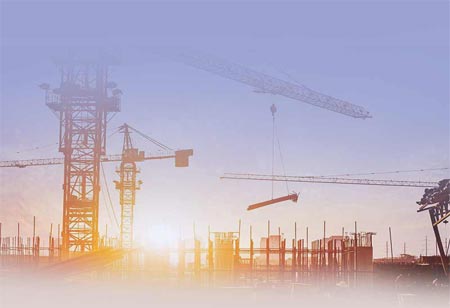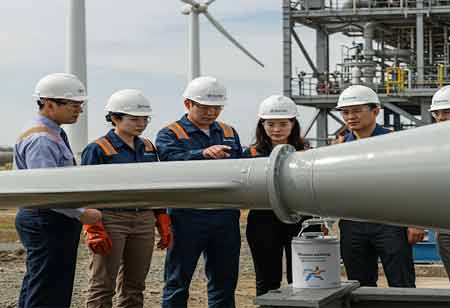Thank you for Subscribing to Construction Business Review Weekly Brief
Specials
- Apartment and Condominium Contractors Canada
- Decking Canada
- Architectural Glass Europe
- MEP APAC
- Construction Saudi Arabia
- German Apartment and Condominium Contractors
- Construction Law APAC
- Outdoor Construction
- Foundation Construction Canada
- MEP Canada
- Kitchen and Bath
- Cold Storage Construction APAC
- Precast Concrete Europe
- Construction Staffing Europe
- Pre-Construction Services
- Flooring System APAC
- Scaffolding Canada
- Swimming Pool Construction Canada
- Construction Management Canada
- Cold Storage Construction Canada
- Flooring Systems Europe
- Residential Construction
- Concrete Canada
- Construction Cladding Europe
- Construction Cladding APAC
- Concretes, Aggregates and Construction Materials APAC
- Concretes, Aggregates and Construction Materials Europe
- Commercial Contractors Europe
- Commercial Contractors APAC
- Dummy
- Construction Insulation, Coating and Waterproofing
- Construction Management APAC
- Landscaping Canada
- Construction Coating Europe
- Construction Tech Startups Europe
- Insulation Services Europe
- Mechanical Contractor Canada
- Mould Remediation and Testing Europe
- Swimming Pool Construction APAC
- Building Sealing Solutions Europe
- Construction Engineering Services
- Mechanical Electrical and Plumbing
- Roofing Systems Europe
- Architectural Glass APAC
- Startups APAC
- Construction Forensic and Owners Representative
- Flooring System
- Waterproofing APAC
- Wall Systems
- Safety and Compliance Europe
- Construction Equipment
- Modular and Prefab Construction
- Architectural Glass
- Construction MENA
- Construction Demolition and Recycling Europe
- Modular Construction Europe
- Construction Interiors
- Steel Building APAC
- HVAC
- Doors and windows
- Modular Construction APAC
- Building Information Modeling APAC
- Sustainable Construction APAC
- Building Restoration and Maintenance
- Commercial Contractors
- Specialty Construction
- Construction Engineering Canada
- Construction Engineering MENA
- Modular Construction Canada
- Construction Demolition Canada
- Roofing and Siding Systems
- Construction Latam
- Construction Staffing
- Roofing Systems APAC
- Construction Consulting
- Steel Building Europe
- Construction Demolition and Recycling APAC
- Safety and Compliance APAC
- Concretes, Aggregates and Construction Materials
- Construction Cladding
The Significance of Ready-Mix Concrete for Infrastructure Projects
Ready-mixed concrete is produced in a factory or batch facility according to predetermined mix designs.

By
Construction Business Review | Friday, June 30, 2023
Stay ahead of the industry with exclusive feature stories on the top companies, expert insights and the latest news delivered straight to your inbox. Subscribe today.
The construction industry's demand for ready-mixed concrete has increased due to an emphasis on flexible building materials and long-lasting construction techniques.
FREMONT, CA: Ready-mixed concrete is produced in a factory or batch facility according to predetermined mix designs. According to the customer's specifications, the mix design at a central batching facility consists of cement, water, and aggregates such as gravel, sand, or crushed stone. RMC is then delivered to the construction site using one of two methods: barrel vehicle, in-transit mixers, or volumetric concrete mixers. The ready-mixed concrete manufacturing process is computer-controlled. It enables traditional concrete mixtures to avoid problems such as poor workability, segregation and bleeding, improper water-cement ratio, and inadequate mixing time. Concrete is used in smaller quantities than other concrete, so it has a minor environmental impact.
Volume-based sales of ready-mixed concrete are indicated in cubic meters. Numerous variables, such as weather, contaminants in the raw materials, and water ratio, can impact the final quality of a mixed on-site product. As a result of these potential problems, concrete may fail to satisfy the specifications and produce inferior concrete. Precast concrete not only does it save time on-site, but it also saves the trouble of assembling all the raw materials for site-mixed concrete. Various tests of collapse, air content, temperature, density, compressive strength, and flexural strength are conducted to ensure that all specified conditions satisfy the criteria.





